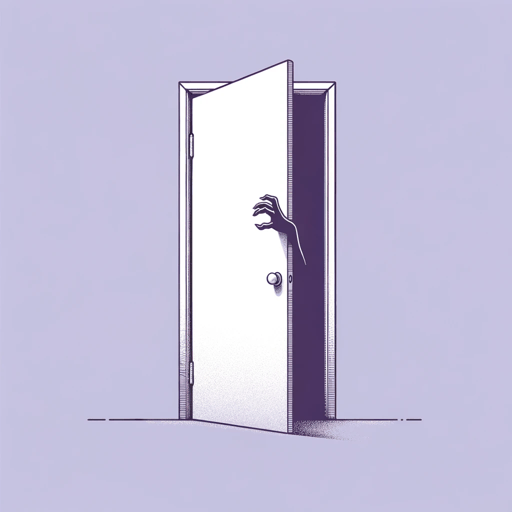27 pages • 54 minutes read
Stephen KingThe Boogeyman
Fiction | Short Story | Adult | Published in 1973A modern alternative to SparkNotes and CliffsNotes, SuperSummary offers high-quality Study Guides with detailed chapter summaries and analysis of major themes, characters, and more.
Literary Devices
Foreshadowing
Foreshadowing in literature is the warning of, or prior reference to, an event that will occur later in the work. The most prominent instance of foreshadowing in “The Boogeyman” occurs close to the beginning of the story, when Lester pauses to regard Dr. Harper’s closed closet door. He demands that the therapist should open it and let him see what is inside. Dr. Harper does, and Lester sees that the closet contains a coat, a pair of galoshes, and a newspaper—nothing more. This foreshadows not only the open closet in his children’s bedroom at the time of each of their deaths (the telltale sign of the Boogeyman) but also the appearance of the Boogeyman himself at the end of the story. When the Boogeyman reveals himself in Dr. Harper’s office, it is by emerging from the same closet that Lester saw empty at the beginning of the story. Along with repetition, King uses foreshadowing to create a sense of building dread in “The Boogeyman.”
Repetition
Repetition of words and phrases is used throughout literature of all genres to emphasize important details and lead readers to specific conclusions.
Related Titles
By Stephen King

11.22.63
Stephen King

1408
Stephen King

Bag of Bones
Stephen King

Billy Summers
Stephen King
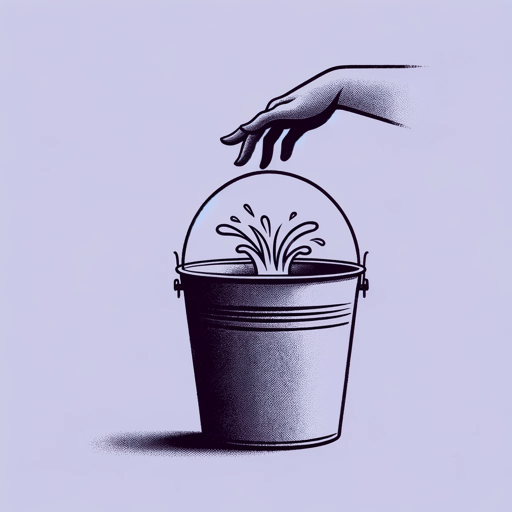
Carrie
Stephen King

Children of the Corn
Stephen King

Cujo
Stephen King
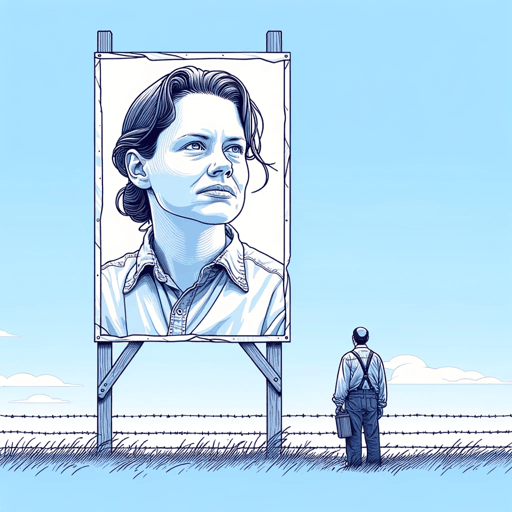
Different Seasons
Stephen King
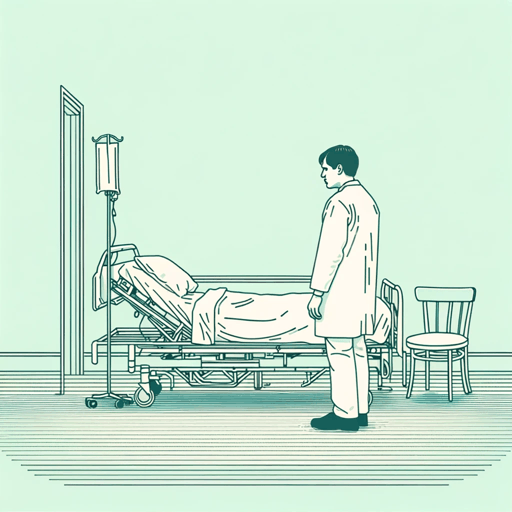
Doctor Sleep
Stephen King
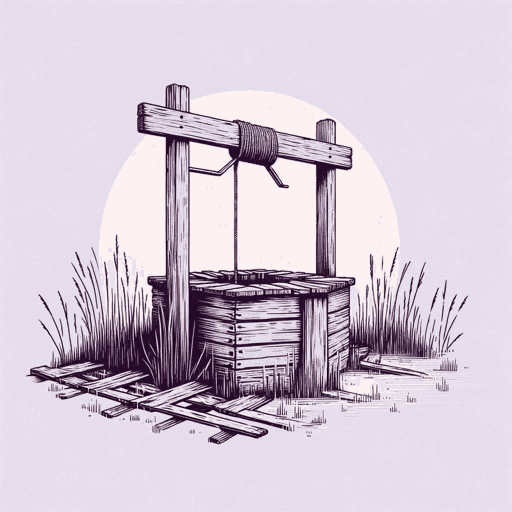
Dolores Claiborne
Stephen King

Duma Key
Stephen King

Elevation: A Novel
Stephen King

End of Watch
Stephen King
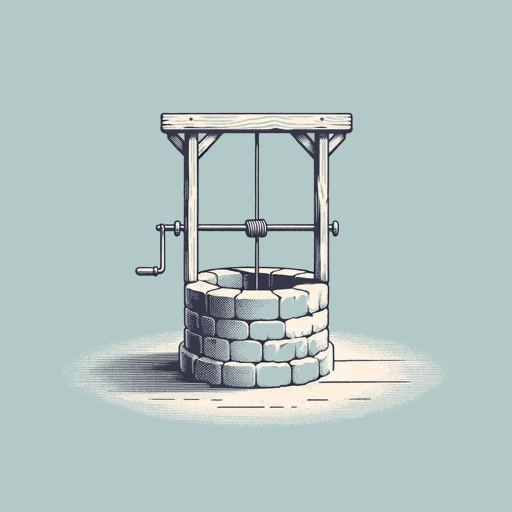
Fairy Tale
Stephen King

Finders Keepers
Stephen King

Firestarter
Stephen King

From a Buick 8
Stephen King

Full Dark, No Stars
Stephen King
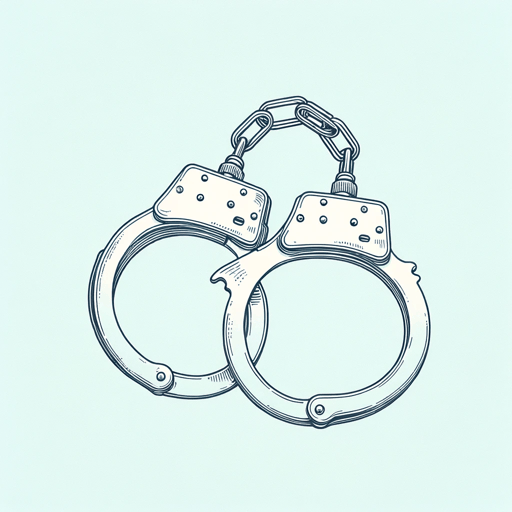
Gerald's Game
Stephen King

Gwendy's Button Box
Stephen King, Richard Chizmar
